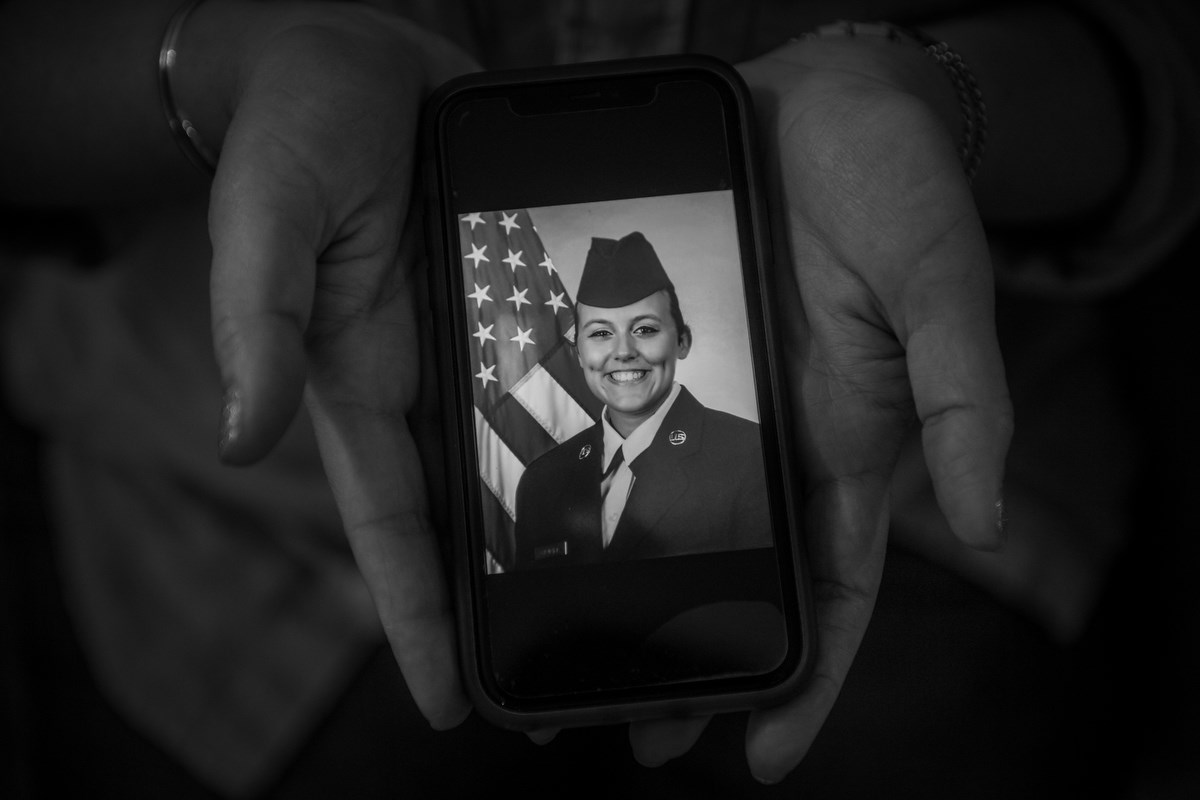“I have found that the most difficult photographs to make are of people who are experiencing an emotional crisis,” says photographer Mary F Calvert to The Phoblographer in an interview. “My goal is to make these pictures with integrity on my part while keeping their dignity intact. Like many photojournalists, this work does take an emotional toll on me, and at times I have to take a break from the project to replenish my psyche.” Mary is one of the winners of the Leica Women Foto Project, and brings with her all the stories that one would expect from a photojournalist in America.
How Mary F. Calvert Became a Photojournalist
Mary tells us that she followed a winding path to get career in journalism. She originally got into studio photography then Fine Art. But when then-President Ronald Reagan was shot, she grabbed her camera and found her true calling. “Four hours later I had found my life’s work, one for which all those seeming detours and dead ends had helped prepare me,” Mary tells us. “Photojournalism was the best parts of each one of my majors rolled into one.”
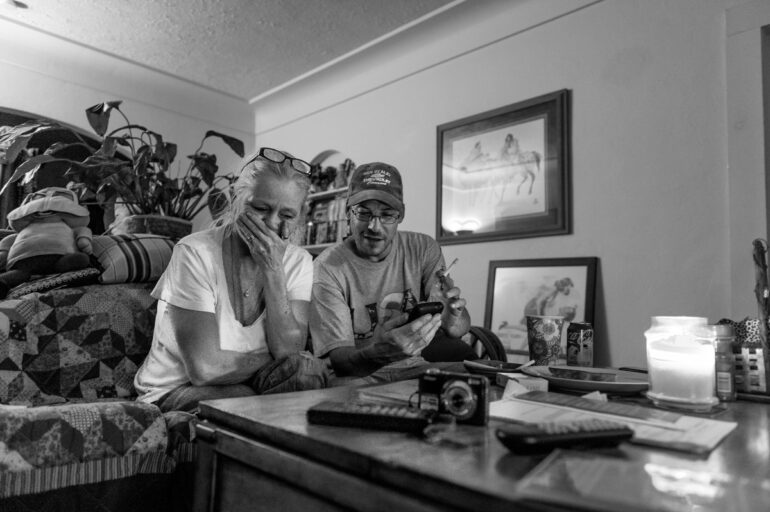
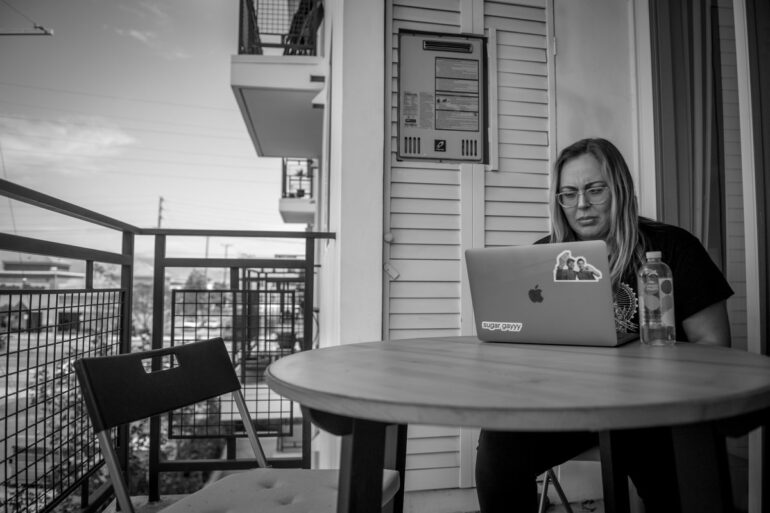
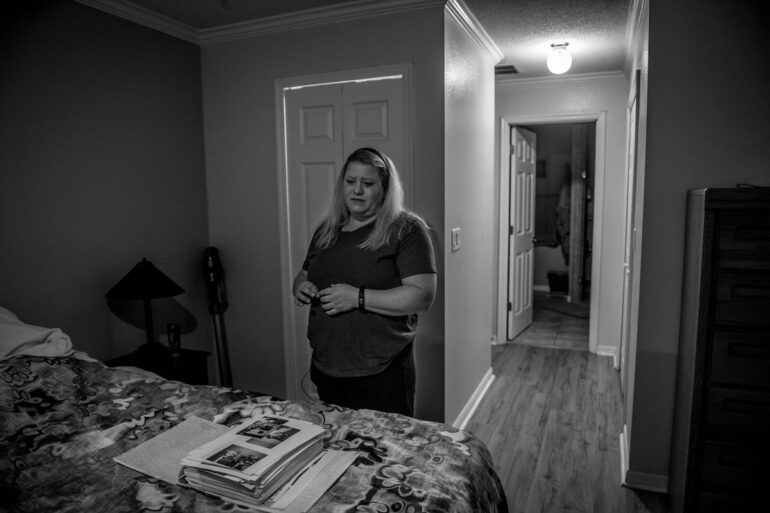
Mary’s Essential Camera Gear
M
Part of Mary’s prize is new Leica camera gear. But she was actually already shooting with some! Mary shoots with the Leica SL2-S, which she says help her make great photos pretty quietly and in low-light. “I photograph with two camera bodies, one on each shoulder; one pared up with a short zoom like a 24-70 mm lens and the other body with a longer zoom like a 70-200mm lens plus a 1.4 teleconverter if needed.” she tells us. “I always have at least one strobe and extra batteries in my bag, especially if I’m doing event photography.” While on location, she’ll often use portable studio lights, speedlights, triggers, umbrellas, softboxes, and even a backdrop. She also brings audio gear for when she needs to do interviews.
How She Works
The rest of this feature on Mary F. Calvert and her incredible work is being used verbatim from our interview. We’re doing this because we feel chopping it up and rewriting it won’t do justice to the feelings she’s encompassing.
Phoblographer: Can you tell us about how you’re getting such incredible and cinematic angles for your work, please? Obviously, folks are in awe. But aren’t there usually limitations with where press photographers are allowed to shoot from?
Mary F Calvert: When I cover the White House or Capitol Hill there are definitely a lot of restrictions in when and where photographers can work. It can be extremely difficult to make interesting photographs of people at podiums and press conferences but working in Washington is all about problem solving and being creative in very short windows of time and opportunity. For instance, when we photograph the President of the United States in the Oval Office, we often get just seven seconds to make a picture. These are skills that have served me well in other aspects of my photography.
My long form project work is very different.
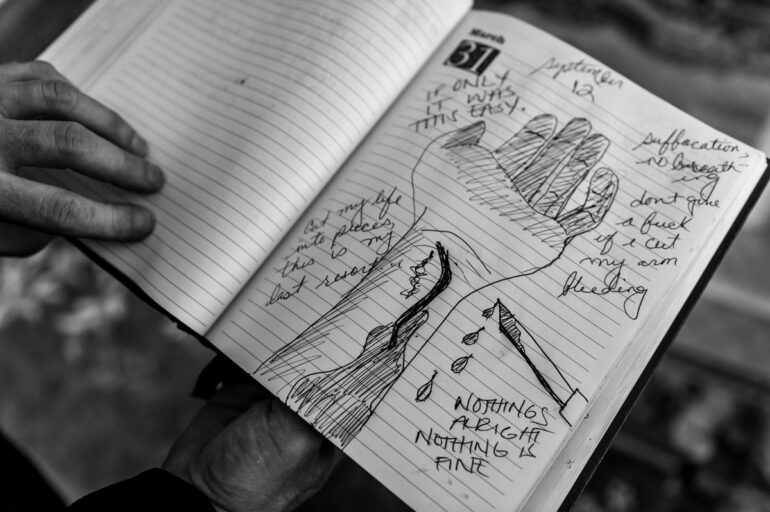
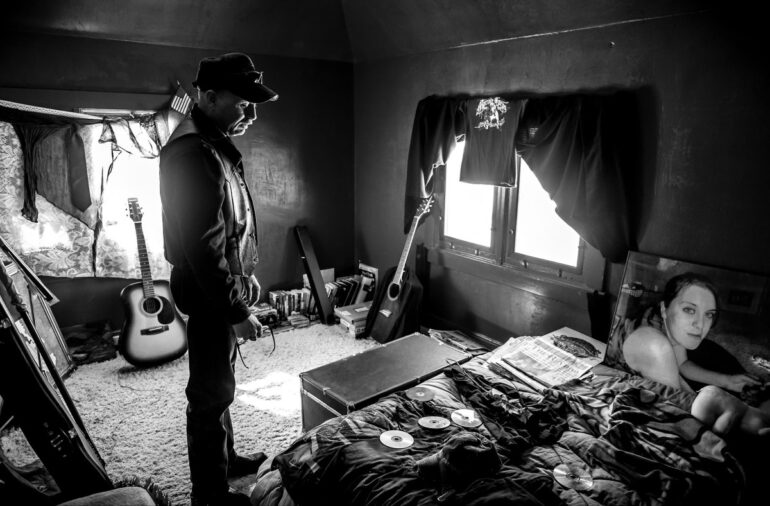
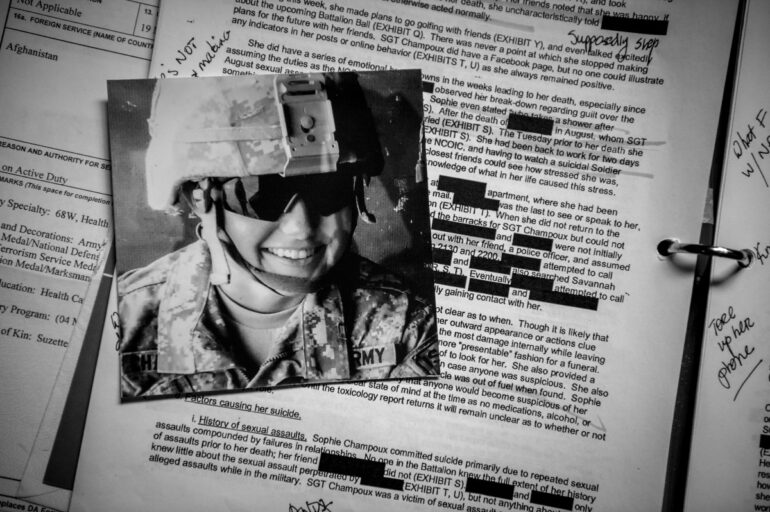
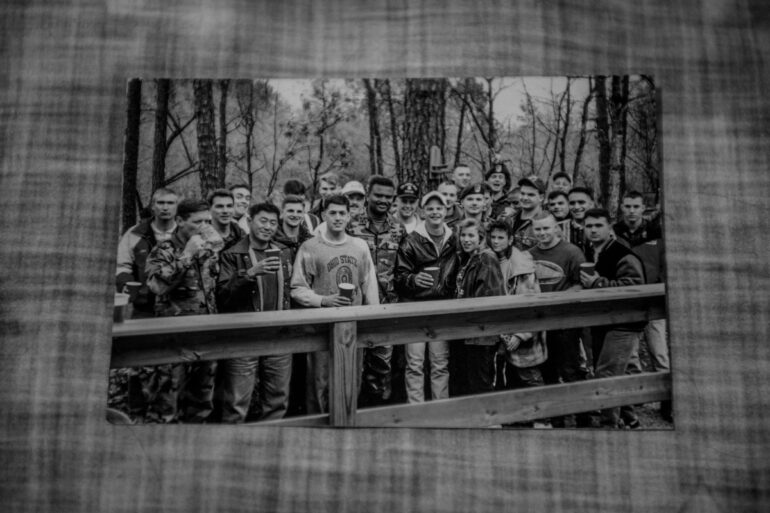
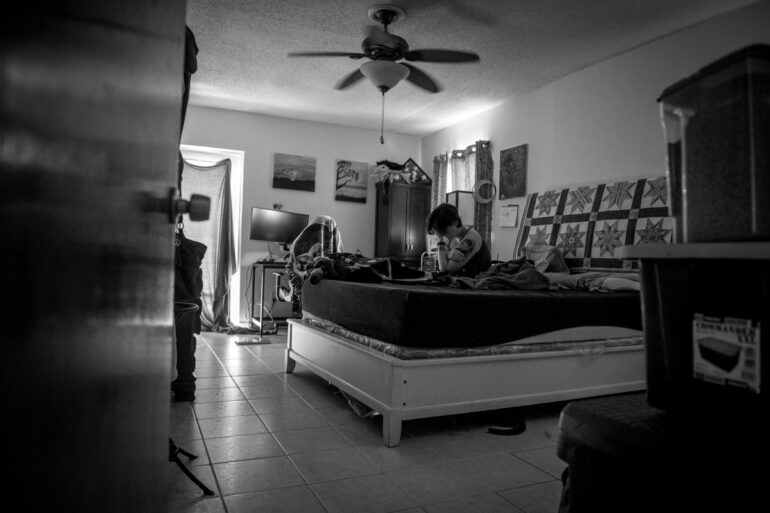
A foundation of trust is paramount to telling these stories. During initial contact, I explain to potential subjects that telling the story of military sexual assault victims requires documenting their real day-to-day struggles, emotional responses, dependencies or addictions and strained personal relationships.
Rather than producing a collection of staged portraits, I believe the only way to accurately portray their suffering and challenges is through a reportage style of candid photojournalism.
This means photographing them at their most vulnerable – unfiltered and unedited. I am completely dependent on their trust in me to tell their stories without embellishment or redaction. This requires an enormous amount of time and patience and funding to accomplish.
These practices have resulted in intimate photographs that accurately depict the complicated lives of MST victims.
Phoblographer: To you, what were some of the most difficult photos to get? Not necessarily technically speaking. But emotionally speaking. Surely, being a photojournalist can be incredibly taxing on the self in many ways.
Mary F Calvert: Providing a voice for people who have been silenced by fear and injustice is an important calling and telling these very personal stories of people who have put their trust in me is not something I ever take for granted.
Photography is a universal language and a powerful tool for positive change. My job is to make people care by providing a mirror for society to examine itself.
Only when one bears witness to a scene frozen in a photograph of the human condition can they begin to internalize such injustice and suffering; only when people internalize such suffering are they moved to act.
Phoblographer: What compels you to go with black and white vs color for some photos?
Mary F Calvert: When it comes to the question of black and white or color, I prefer to create images that allow the subject’s body language and interaction with their environment; family and friends tell the story in an efficient and compelling manner without the distraction of color.
All images by Mary F Calvert were used with permission. Be sure to check out her website.


